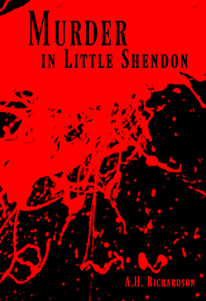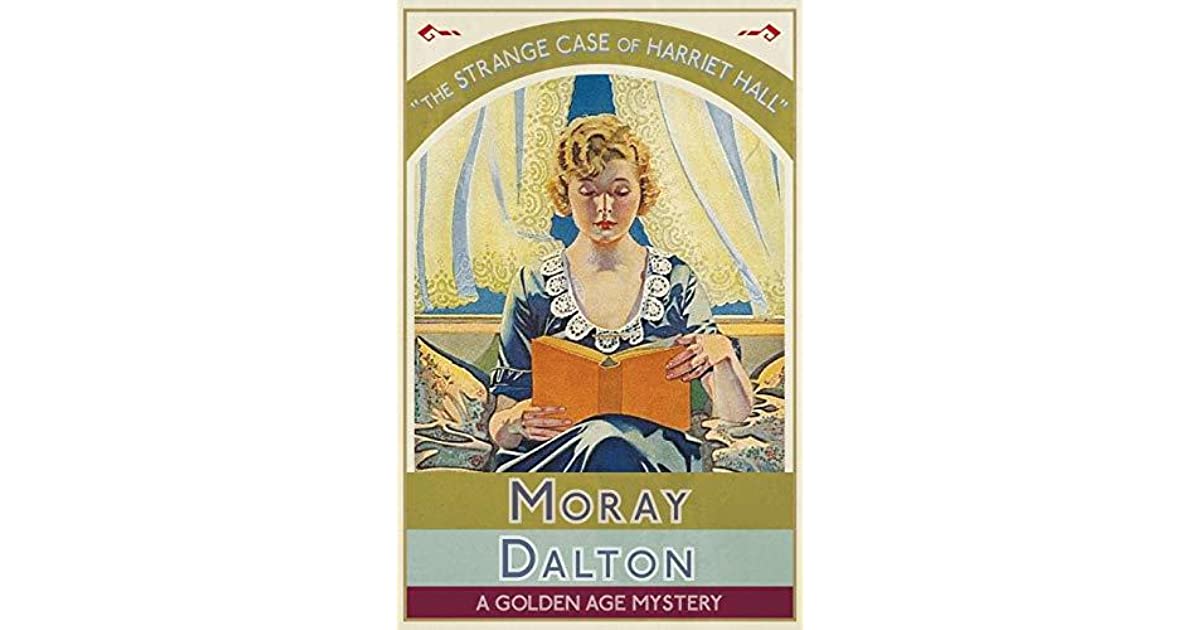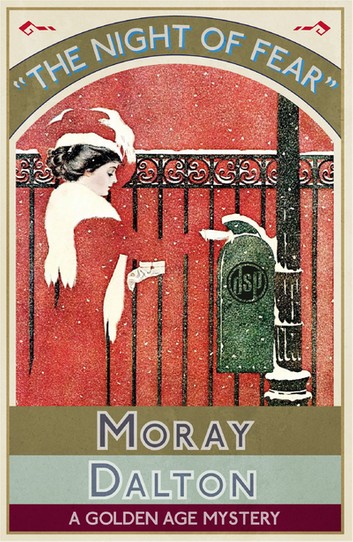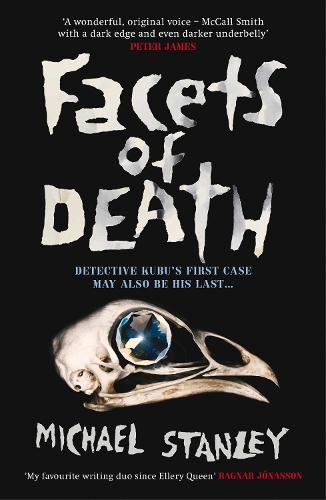
When Bartholomew Fynch is murdered, finding out whodunit proves challenging.
Not only was he a secretive chap, rumoured to have worked for MI5, but he was deeply unpleasant and it gradually emerges that almost everyone in the village hated him enough to do him in. Oh, okay, EVERYONE in the village hated him enough to do him in, so Inspector Stanley Burgess calls in help, enough help to enable him to interview the entire cast of the village…
What’s it about?
This is a classic golden age mystery where the clues to solve the crime are all there if only you know where to look and when to discount the red herrings.
In an unnamed time period (presumably shortly after World War Two), the usually serene village of Little Shendon is shocked by a brutal murder. The murder itself I quite liked: it occurs in The Bygone Era (Fynch’s wonderfully named antiquities and oddities shop) when Fynch is attacked with a candlestick. There was a delightful Cluedo feel to the whole set-up, heightened by the housekeeper discovering the body and the major discovering the housekeeper!
Inspector Burgess summons an old friend, Sir Victor Hazlitt, who involves a new friend, a Shakespearean actor called Beresford Brandon, and between the three of them they set out to interview the entire village.
What’s it like?
Slow. A little repetitive. Definitely cosy.
Something about this just didn’t quite work for me. I found the interviews could verge on the tedious, because once a small batch of interviews was finished, the three investigating characters would set up a meeting and rehash each interview to share their findings. I appreciate that this is done to supply the reader with pertinent points and allow plot progression, but at times it felt rather redundant. This is something that often bothers me in cosy crime and is probably just because I am quite an impatient person!
More problematically, I found the errors missed by the editing process irked and distracted me. A handful of misplaced and missing apostrophes and a small bundle of missing speech marks combined to trip me up in my reading and distracted me from the storyline. A shame.
The storyline itself ticks over satisfyingly enough with plenty (possibly a few too many) of interesting characters with possible motive and gradually unveiled subplots. The investigators each have their strengths when questioning witnesses and there’s a strong sense of a community in turmoil which invigorates a slow-paced story with a mild sense of urgency.
Final thoughts
I feel like this ought to have ticked a lot of boxes for me – lots of clues / red herrings to consider, a mystery that is solvable and some gentle touches of humour. I found it easy to read; it just didn’t excite me the way that (for example) Robert Thorogood’s ‘Death in Paradise’ series does.
When the murderer was revealed I felt a little flat as I immediately thought, “well, of course, because – ” though obviously I can’t tell you why! It’s not often that I guess whodunit, and I can’t hand on heart say that I had been 100% certain prior to the reveal, but I do know that it seemed so blindingly obvious in hindsight that I was left feeling a bit underwhelmed.
I’m sure this will appeal to many cosy crime fans, especially fans of the Golden Age, and if this sounds like your cup of tea then you’re in luck, because this is the first book in a series that contains three instalments to date.
Personally I’m off to read a brisk-paced psychological thriller next!


